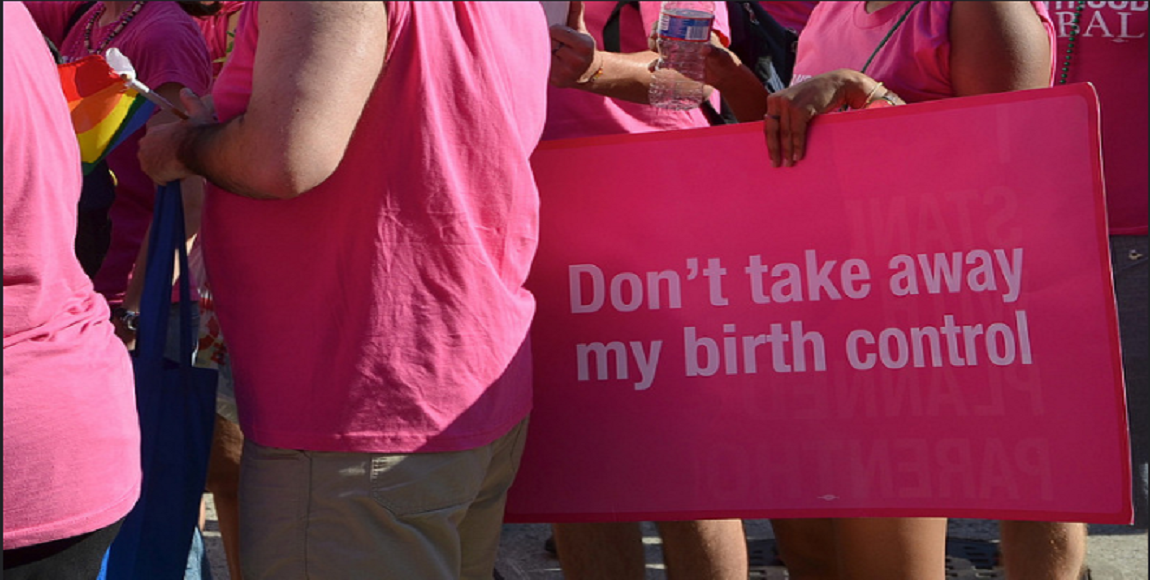The 26th of September marks World Contraception Day, launched in 2007 and supported by a number of international organisations interested in sexual and reproductive healthcare worldwide. It celebrates the right to choose whether, when and how many children to have; and the wellbeing and autonomy of women. Today, there are many different types of contraceptives, from intrauterine systems (IUS) to condoms.
The Daily Vox rounds up the most accessible and effective forms of planned contraception to allow you to weigh up your options and flourish on a budget.
The male condom
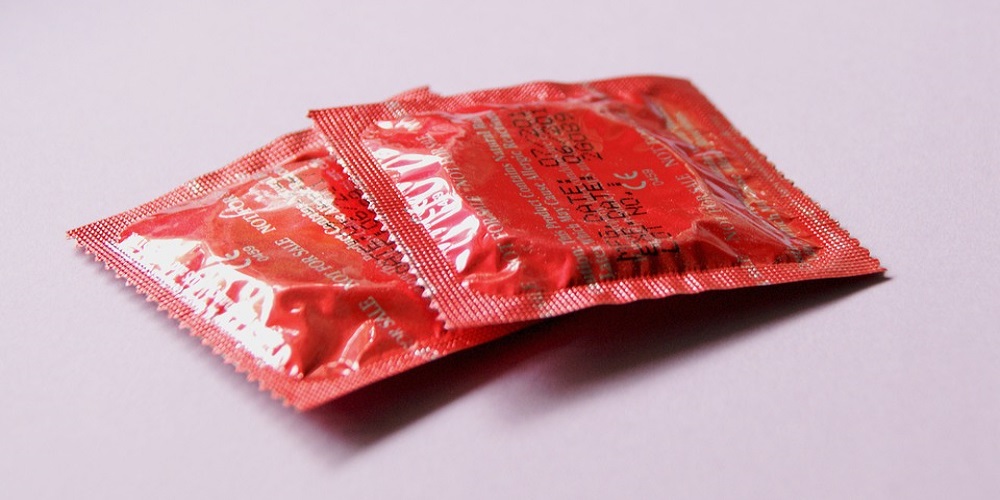
What is it? A sheath made from latex (rubber), tactylon and polyurethane (both are types of plastic) which covers the erect penis during sex.
Cost and accessibility: Condoms cost a minimum of R10-20 each (From R30 upwards for a pack of three) or FREE at many government and public facilities.
Pros:
- It is 82% effective
- Can be used on demand
- Is easily carried with you
- Isn’t affected by other medications
- Can be used when breastfeeding
- Hormone free
- Easy to use
- The best protection against HIV/AIDS and other sexually transmitted infections (STIs)
Cons:
- It can tear or come off during sex if not used properly,
- Interrupts spontaneous sexual activity
- Some people are allergic to latex condoms (if you are allergic to latex, you can try condoms made of polyurethane).
The Pill
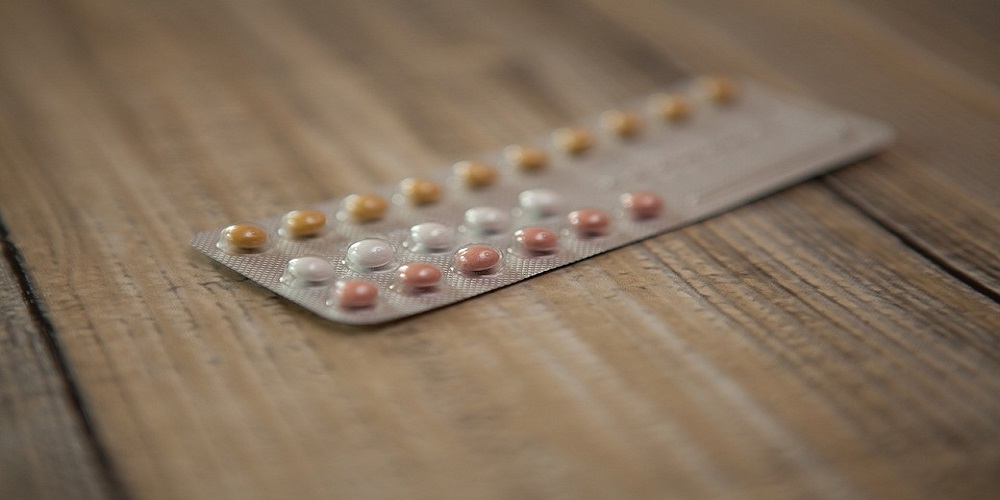
What is it? The pill contains the hormones estrogen and/or progesterone, which stop the ovaries from releasing eggs, thicken the cervical mucus, and stop sperm from reaching the egg. One pill must be taken at the same time every day.
Cost and accessibility: A card of pills can cost between R90 and R350 a month in South Africa’s private sector. Public sector patients can get some brands for free. You do need a prescription to buy these.
Pros:
- 91% effective when used as directed
- Easy to use
- Can be taken over a long period of time
- Does not interrupt spontaneous sexual activity
- Some may reduce heavy and painful periods and clear acne
Cons:
- Side effects include headaches, nausea, weight gain, breast tenderness, changes in menstrual cycle
- It requires daily maintenance (i.e. remembering to take the pill every day)
- Does not protect against HIV/AIDS and other STIs.
The Contraceptive Patch
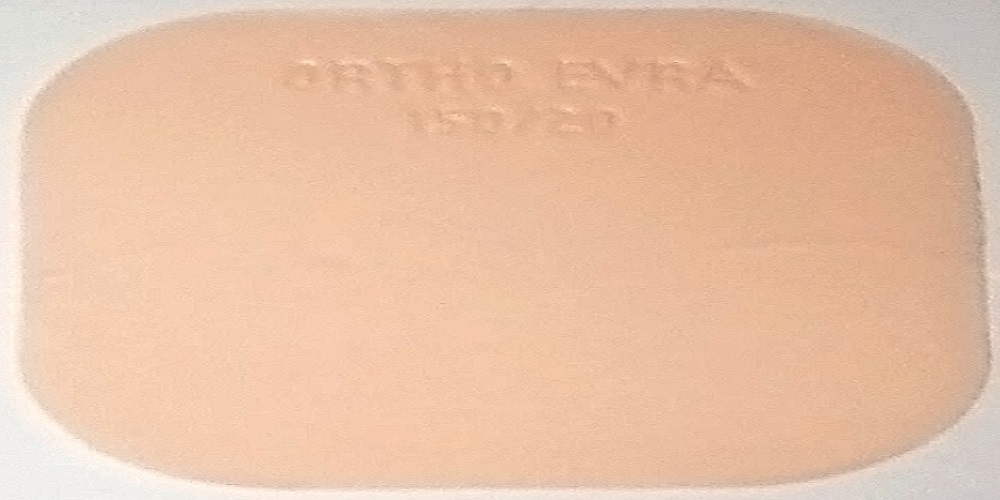
What is it? The contraceptive patch works in the same way as the pill but comes in the form of a patch. It looks like a shiny plaster, and releases the estrogen and progestogen into the bloodstream through the skin. The patch can be placed on the lower abdomen, upper arms, buttocks or back – a place where it will get the least interference. You use a new patch every week for three weeks. During the fourth week you go without a patch and your menstrual period should start during this week.
Cost: The patch costs between R180 – R400 and is available at pharmacies and clinics. You will need a prescription to buy it.
Pros:
- 91% effective
- Doesn’t require daily attention
- Permits sexual spontaneity and doesn’t interrupt sex
Cons:
- Visible and may come loose or fall off
- Requires weekly maintenance
- May cause some itching and redness where it is applied,
- May cause side effects such as headaches and mood swings, weight gain, disrupted periods
- Does not protect against HIV/AIDS and other STIs
Contraceptive Injections
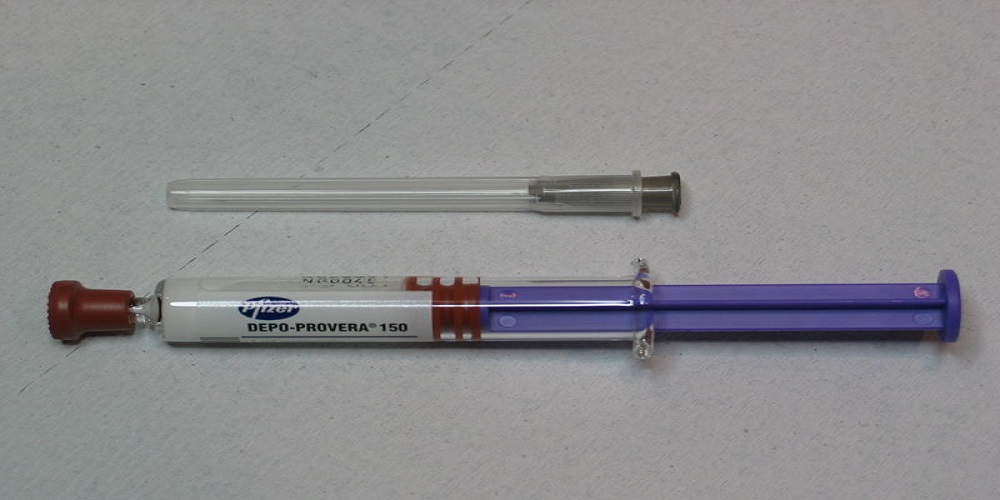
What is it? Injectable contraceptives usually contain the hormone progestin which stops the uterus from releasing eggs and thickens the mucus at the cervix. It is administered as a shot in the arm or the bum every 8 to 12 weeks.
Cost and accessibility: An injection costs between R90 – R250 at private clinics but is free for public health sector patients. You will need a prescription for the injection.
Pros:
- It is 94% effective
- Doesn’t require daily or weekly attention
- Lasts for a relatively long time
Cons:
- It requires keeping track of the number of months used
- May have side effects like headaches and mood swings, weight gain, and abdominal discomfort
- It may take up to a year for your menstrual cycle and fertility to return to normal after stopping the injection
- It may cause disrupted periods
- It does not protect against HIV/AIDS and other STIs
Intra-uterine Device (IUD)
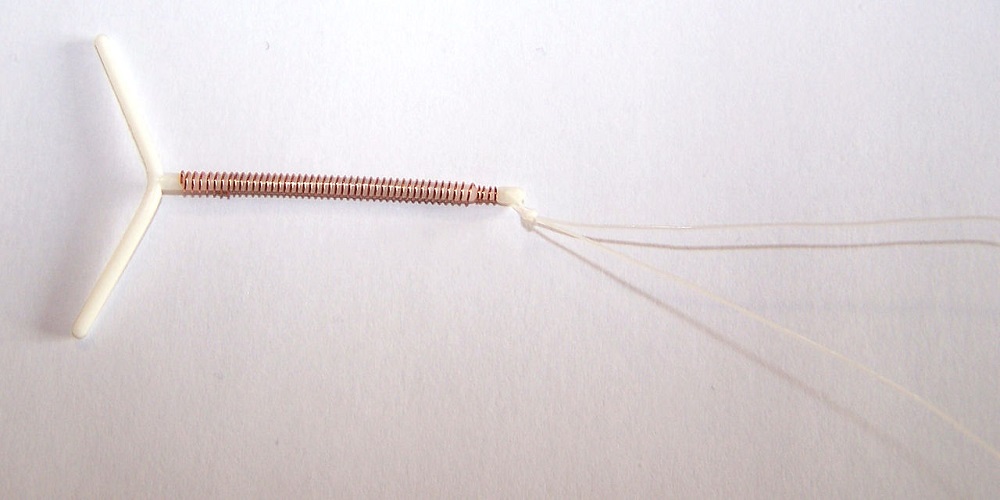
What is it? An IUS is a small, flexible, T-shaped system that releases low levels of the progestogen hormone which thickens the mucus of the cervix and thins the lining of the uterus, making it difficult for sperm to move freely and reach the egg. It is placed inside the womb by a healthcare provider.
Cost: The Mirena IUS costs about R2 000 at a private clinic, excluding the fee for inserting the device. This may seem like a lot of money but considering that it can last for three or five years, this is cost effective in the long run. Alternatively, non-profit sexual and reproductive healthcare centres like Marie Stopes will be cheaper. The Copper T IUD costs between R300-R400 at a Marie Stopes centre. You need a prescription for an IUD.
Pros:
- The IUD can be 99% effective, depending on the type
- It can stay in place for either three or five years but can be removed any time
- It doesn’t interrupt spontaneous sex
- It can lighten heavy periods and make them less painful
- It is suitable for women who want long-acting reversible contraception and wish to avoid daily, weekly or monthly routines
- It can be used when breastfeeding
- Fertility returns to its previous level once the IUS is removed
Cons:
- It requires a trained healthcare provider for insertion and removal
- Irregular bleeding and spotting is common in the first six months
- Side effects may be headaches, tenderness, cramps and/or irregular bleeding, and acne
- There is also a small risk of infection at insertion and removal
- It does not protect against HIV/AIDS and other STIs
Of course, the cheapest method of contraception is abstinence. Its free and 100% effective.

